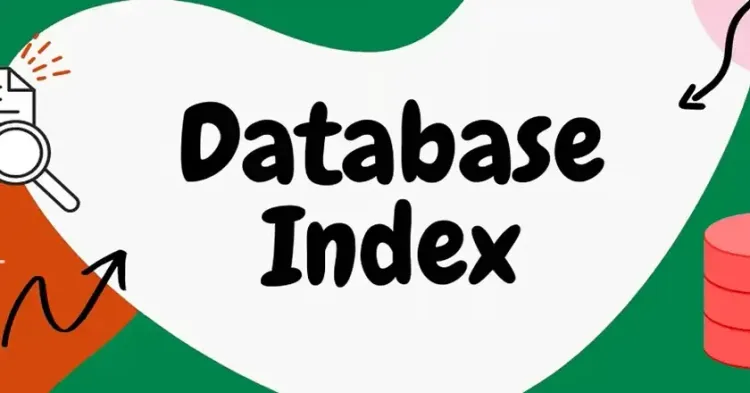In today’s rapidly evolving world of technology, databases have become one of the foundational components of software projects. Especially for applications that handle large amounts of data, it is critically important to structure and manage databases effectively to enhance performance. In this context, database indexing plays a significant role.
In this article, I will share insights and examples about PostgreSQL. The examples and methods I provide can also be applied to other relational database systems within the same logical framework. However, index names may vary slightly, or alternative index types may exist depending on the database system.
What Is Indexing?
Database indexing is a technique used in relational database management systems (RDBMS) to speed up data access. Indexes create a data structure for sorting or searching one or a combination of columns. These structures typically resemble a tree and store data in a certain order. When a query is executed, the database can access data faster using the index. Especially in large databases, indexes improve query performance and reduce response times.
Of course, there is also a disadvantage to this topic. Having too many indexes on a table can reduce performance for INSERT, UPDATE, and DELETE operations. In short, while SELECT queries may improve, INSERT queries may slow down. Therefore, indexing should be applied cautiously in tables with a high volume of INSERT, UPDATE, and DELETE operations.
If you're unfamiliar with SQL query analysis, you may want to learn a bit about it before diving into index types. You can read my article titled “SQL Query Analysis: Enhancing Database Performance” for more information.
Types of Indexes
The main reason for having different types of indexes is the varying performance they provide for different query patterns. By analyzing the queries we use or plan to use, we can select the most appropriate index type and significantly improve database performance.
B-Tree Index
The B-Tree index is a commonly used data structure in databases. It is widely used to speed up search operations. The B-Tree structure stores multiple keys and their associated values in each node. These keys are arranged in order and distributed evenly among nodes. The balanced nature of the structure accelerates search operations and improves performance.
B-Tree indexes work effectively for queries using operators like > ≥ < ≤ = IN BETWEEN IS NULL and IS NOT NULL.
Hash Index
The Hash index stores indexed values as key-value pairs using a hash function. The data location is determined directly by the hash value, enabling fast lookups. Hash indexes are effective for equality searches (e.g., WHERE column = 'value') but are not suitable for range queries or sorting. This type of index is used to enable quick data access.
BRIN: Block Range Index
BRIN indexes are designed to improve performance in large-volume databases. BRIN divides data into blocks and stores the minimum and maximum values for each block. Instead of indexing all data or sorting it physically, BRIN stores range information for each block. This approach offers performance advantages during large-scale queries while keeping index size minimal and conserving storage space.
For example, when retrieving users registered between X and Y dates from a user table, a BRIN index can be more efficient and performant compared to other index types.
GIN Index
GIN (Generalized Inverted Index) is a type of index used in database systems like PostgreSQL. It is designed to efficiently handle data types that contain multiple values such as JSON, hstore, or full-text search (LIKE, ILIKE). GIN indexes significantly enhance performance for content-based searches and filtering.
GIST Index
GIST (Generalized Search Tree) is another index type used in relational database systems like PostgreSQL. GIST is specifically designed to index geometric and other complex data types. It supports multi-dimensional data and complex queries, improving database performance. GIST indexes use specialized tree structures such as R-Tree or GiST to organize data. As a result, they enable fast and efficient searches in multi-dimensional datasets such as geographic or spatial data.
Conclusion
By understanding the features and use cases of each index type, it is possible to apply appropriate strategies to improve database performance.
Thank you for reading my post, I hope it was helpful to you 🙂
Good luck with your work…


